These creatures are known to cause significant damage to a variety of plants, turning a once vibrant garden into a landscape of half-eaten leaves and stems.
How to Identify and Treat Psyllid, Scale and Aphid Infestations in Lilly Pilly
Lilly pillies are Australian native plants belonging to the Syzygium, Acmena and Waterhousea genera. They’re a favourite among gardeners and landscapers for their lush foliage and colourful berries. However, they’re also a magnet for certain pests – notably psyllids, scale and aphids. These insects can cause significant damage to the appearance to lilly pilly plants if they’re not identified and treated early.
In this article, we’ll delve into the world of aphids, scale and psyllids by understanding their life cycles, behaviours, and the harm they can inflict on lilly pilly plants. We’ll also provide a guide on how to identify and confirm an infestation, as well as effective treatment strategies.
- Understanding Psyllids, Scale and Aphids
- Damage to Lilly Pilly Plants
- Identifying Psyllid, Scale and Aphid Infestations in Lilly Pilly
- Treating Psyllid, Scale and Aphid Infestations in Lilly Pilly
- Chemical Control for Psyllid and Aphid Infestations
- Preventing Future Infestations
- Monitoring and Early Detection
- Daniel’s Wrap
Before we go on, it’s important to note that not every insect you see on your lilly pilly is a pest. In fact, most insects in your garden are likely to either be a beneficial predator of pests like aphids and psyllids, or completely inconsequential to the health of your lilly pilly. A healthy garden is a biodiverse garden, so please keep reading before you reach straight for your chemical pesticides.
Understanding Psyllids, Scale and Aphids
What are Psyllids, Scale and Aphids?
Psyllids, scale and aphids belong to the Hemiptera order of true bugs, meaning they’re closely related to each other when compared to other insect pests like caterpillars and spider mites. Psyllids, scale and aphids are all types of small sap-sucking insects that feed on plant juices, often causing various forms of damage and plant disease transfer.
While they share some similarities, such as their feeding habits and the sticky honeydew they excrete, they differ in various aspects which we’ll discuss later. Aphids, scale and psyllids can all have wings but not in all circumstances. For example, only the tiny male in most scale species have wings which they use to seek out and mate with females, Psyllids develop wings once fully mature, while aphids only grow wings when conditions become unfavourable so they can disperse to a new host plant.
Psyllids are the most significant pest when it comes to lilly pilly pests due to the leaf deforming bumps caused by the ‘Pimple’ or ‘Lilly Pilly Psyllid’ (Trioza Eugeniae). From a practical perspective it’s typically not critical to differentiate between psyllids, scale and aphids, as they are all Hempiterans, and therefore treatments are usually the same.
Life Cycle and Behaviour
Lilly Pilly Psyllids (Trioza Eugeniae) lay their eggs on new growing tips where they quickly hatch. Newly hatched and barely visible nymphs pierce the leaf and start drinking the nutrients flowing to the plant’s growth tip. In time a pimple-like gall forms on the lilly pilly’s leaves.
As the nymphs progress through successive molts in their leaf depression, they eventually reach winged adulthood, where they can disperse looking for a mate and new lilly pilly plants to colonise. My entomologist mate Dr Ian Smith, who assisted me with getting my facts right for this article, was kind enough to take photos of the three life phases of psyllids that he found on a lilly pilly under a microscope.
Scale pests have a similar life cycle, but have a thicker protective layer that sticks to and completely obscures their bodies. You can’t see scale nymphs’ eyes or body part segments unless you pull them off the leaf, and flip them over.
When they’re embedded in a leaf, you can just see a single plate on their dorsal (back). The exception to this are unarmored scale, better known as mealybugs, which have many segments that are covered in fluffy-looking wax powder.
Aphids don’t create galls or waxy covers for protection, instead relying on parthenogenesis, a reproductive strategy where females can produce many cloned offspring without mating. This is why they’re able to rapidly increase their populations under suitable conditions
Damage to Lilly Pilly Plants
Lilly pilly Psyllids tend to do more cosmetic damage to your lilly pillies than aphids and scale because of those galls on the foliage and deformation of the growing tip. However any of the three pests can damage growing tips when in high density, leading to leaf drop and reduced plant vigour.
In addition psyllid, scale and aphid feeding activity can lead to sooty mould, a black fungus that grows on the honeydew they excrete. Like the insects that cause it, sooty mould isn’t usually a major threat to lilly pilly health. However, it looks ugly and can reduce the plant’s ability to photosynthesise.
The biggest threat that psyllids and aphids bring to lilly pillies is their ability to transmit diseases from other plants infected with diseases like phytoplasma bacterial infections and mosaic viruses.
Identifying Psyllid, Scale and Aphid Infestations in Lilly Pilly
Some of the symptoms between psyllids, scale and aphids can be similar, such as discolouration of the leaves. You might also notice a sticky substance (honeydew) on the plant or surrounding surfaces, often accompanied by sooty mould.
Signs of Psyllid Infestation
The tell-tale sign of a psyllid infestation is pimple-like bumps on your lilly pilly leaves. When you look under the leaf, you’ll see a tiny insect embedded into the bump with a protective coating over them.
You can see distinct segments to their body and eyes if you look under a magnifying hand lens. (You do have a hand lens, don’t you?) Other symptoms may include curled or yellowing leaves, leaf drop, or a general decline in the plant’s health. Psyllids won’t move when they’re embedded into a leaf gall.
Signs of Scale Infestation
Scale can also create a bumpy appearance on leaves, but they don’t have the protective coating that psyllids do. Instead, they have a shield-like coating on their dorsal (back). You usually can’t see their eyes. Small duty flies with long trailing white filaments are actually the male scale. Signs of a scale infestation can include curled, yellowed, or distorted leaves with the pimple-like galls.
Signs of Aphid Infestation
Aphids come in a range of colours including green, black, brown, pink, orange or red. They have elongated, pear-shaped bodies and are less mobile than adult psyllids or scale. Their bodies are softer-looking than scale and they don’t produce any protective coverings. They also don’t generate the tell-tale galls that psyllids or scale do.
Again, leaves could be curled, yellowing or dropping – this time, without the galls.
Confirming an Infestation
To confirm an infestation, closely inspect your lilly pilly for the presence of the insects themselves, based on the above-mentioned signs. Remember, early detection is key to effectively controlling these pests and maintaining the health of your lilly pilly plants.
Treating Psyllid, Scale and Aphid Infestations in Lilly Pilly
Natural Remedies for Psyllid and Aphid Control
Integrated Pest Management: A Holistic Approach
Integrated Pest Management (IPM) is a holistic approach to pest control that combines various strategies, including cultural, physical, genetic, and biological methods. This approach minimises the use of chemicals, focuses on long-term prevention, and is gentler on the environment.
Read my article about IPM to learn more about controlling pests like aphids, scale and psyllids here.
Natural Methods for Controlling Psyllids, Scale and Aphids
Genetic Methods
Genetic methods leverage plant varieties that are resistant to pests. Some varieties of lilly pilly, such as the Sublime™ Acmena smithii, have been bred with superior resistance to psyllid attacks.
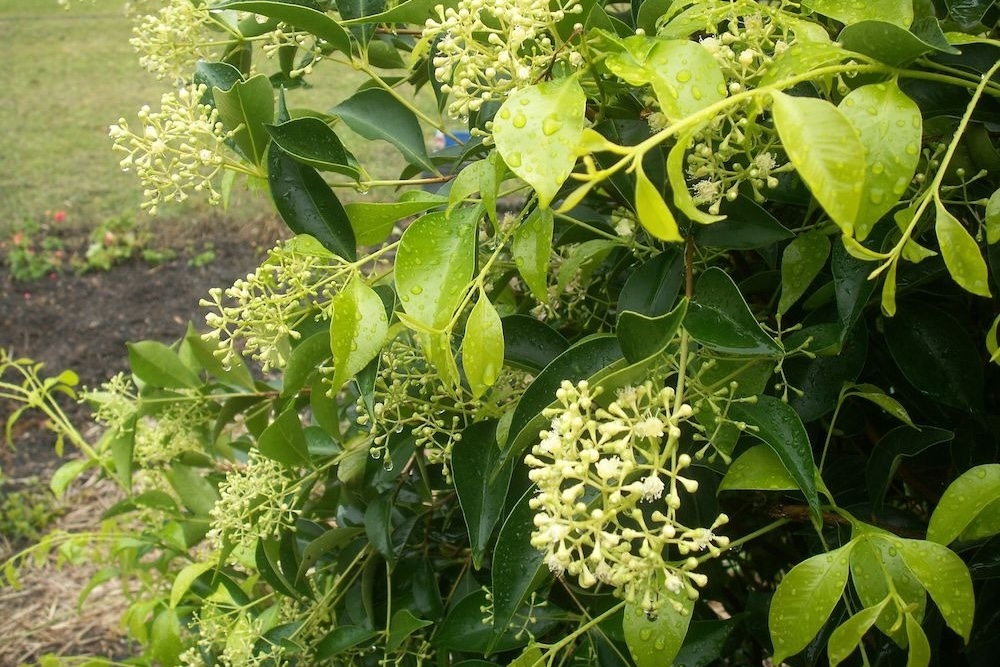
Cultural Methods
In general, healthy plants are less susceptible to pest infestations. Cultural methods involve altering the plant’s environment to make it less hospitable to pests, and increase your plant’s health. For lilly pillies, this could include regular watering and fertilisation to boost the plant’s health and resilience.
Or it could be less water or amending heavy clay soil with gypsum to assist with proper drainage. It could also mean removing any barriers for sunlight, as lilly pillies tend to love full sunlight.
Another common problem that many trees and shrubs suffer from is planting too deeply. This can happen at the nursery, when the plant was installed in the landscape, or by covering the trunk with mulch. If you can’t see a “root flare” at the base of your tree, it’s likely going to suffer. We want the stems in the air and roots in the ground.
Physical Methods
Physical methods involve manually removing the pests from your lilly pilly. This can be as simple as using a hose to blast off aphids or pruning out heavily infested sections of the plant. This works better on aphids than psyllids or scale.
Biological Methods
Biological methods involve using natural enemies of the pests. Predatory insects like ladybirds, lacewings, hoverflies and parasitic wasps can help control hemipteran populations.
By installing plants with small flowers like westringia, alyssum and chrysanthemum into the landscape, you can feed the adult lifecycle of certain predators that will lay eggs in psyllids and aphids.
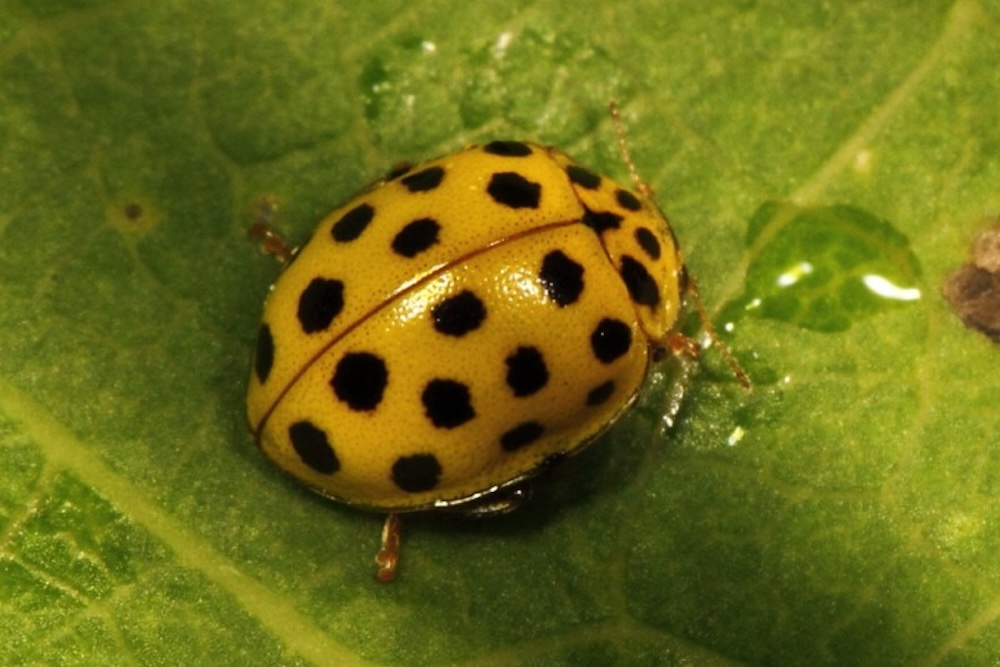
Applying Natural Pest Control Methods: Step-by-Step Guide
- Monitor your plants regularly: Early detection is key. Monitor your lilly pilly plants regularly for signs of psyllids or aphids.
- Maintain plant health: Ensure your lilly pilly plants are well-watered and fertilised. Healthy plants are better able to resist and recover from pest attacks.
- Spray infested areas with water: If you spot an infestation, spray the affected areas with a jet of water. This is mainly beneficial for aphid populations.
- Chop off galls: Cutting galls off the plant can prevent psyllids from multiplying. Dump the infested leaves in water to drown the pests.
- Encourage beneficial insects: Plant flowers that attract predatory insects, or consider purchasing them from a gardening store or online. This can keep future populations under control.
Chemical Control for Psyllid and Aphid Infestations
Chemical Treatments: A Last Resort
Although chemical treatments can effectively control psyllids and aphids, they should be used as a last resort. Overuse of chemicals, especially non-selective options, can lead to pesticide resistance and can also kill beneficial insects.
If you must use chemical pesticides, opt for the least harmful option first. Ask a professional horticulturist, whether that’s your maintenance gardener or your local nursery, for a targeted option that will target psyllids or aphids.
Horticultural Oils: A Less Harmful Option
Horticultural oils, which can be purchased or mixed at home using vegetable oil, soap and water, are a safer option. These oils work by smothering the pests, disrupting their feeding, and killing them. Beware that these oils also kill beneficial insects.
Precautions When Using Chemical Treatments
Always follow the manufacturer’s instructions when using chemical treatments. Wear protective clothing, avoid spraying on windy days to minimise drift, and avoid spraying flowering plants to protect pollinators, particularly if you’re using a broad-spectrum pesticide.
Applying Chemical Treatments: Step-by-Step Guide
- Identify the pest: Make sure you’re dealing with psyllids, scale or aphids before applying any treatment.
- Choose the right product: Select a product suitable for controlling psyllids or aphids. Horticultural oils are generally a good choice for these pests.
- Apply the treatment: Follow the manufacturer’s instructions carefully. Spray all parts of the plant, paying particular attention to the undersides of leaves where aphids often gather.
- Monitor and repeat if necessary: Continue monitoring your lilly pilly plants after treatment. You may need to reapply the treatment if the pests persist as a short-term solution.
Remember, the goal of pest management isn’t to completely eradicate the pests but to keep their numbers at a level where they cause minimal harm to your lilly pilly plants. Aphids and psyllids exist at the bottom of the food chain and are necessary in small numbers to provide a consistent food source for the predators that control them.
If your lilly pillies continue to struggle from infestations, you may be better off replacing them with something more suited to the environment, such as another plant that can thrive in partial shade or a psyllid-resistant lilly pilly variety.
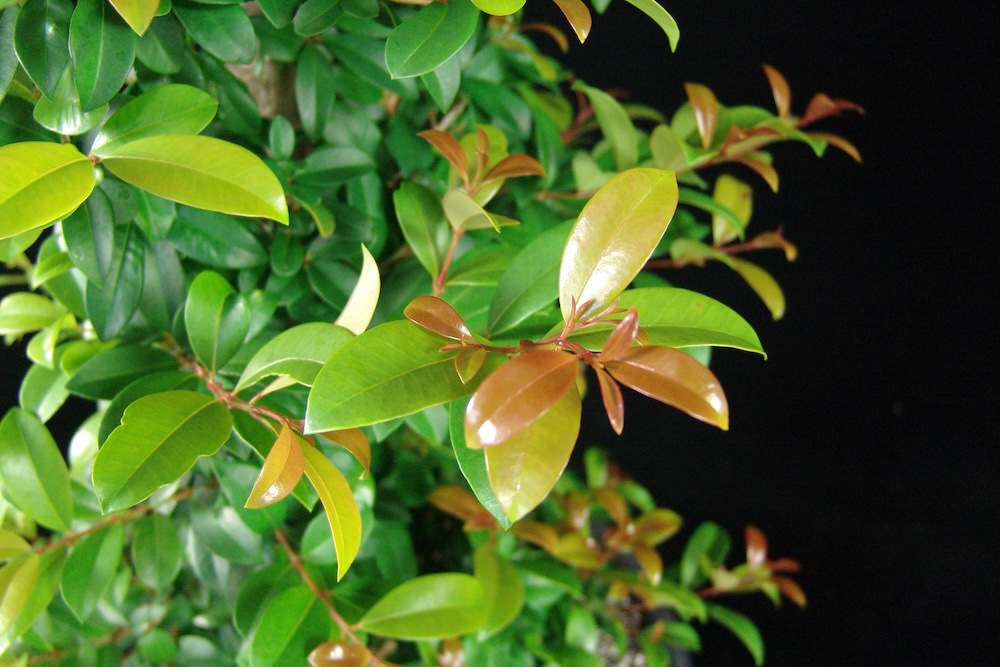
Preventing Future Infestations
Best Practices for Lilly Pilly Care
Maintaining the health of your lilly pilly plants is fundamental in preventing psyllid and aphid infestations. Here are some regular care and maintenance tips:
- Watering: Lilly pilly plants enjoy well-drained soil and regular watering. Ensure your plants receive adequate water, particularly during dry periods. On the other hand, ensure that your lilly pillies aren’t sitting in wet feet which can be just as detrimental.
- Fertilising: Use a slow-release fertiliser in spring to boost plant health. Healthy plants are more resistant to pest infestations.
- Mulching: Apply a layer of organic mulch around the base of the plant. This helps to retain moisture, suppress weeds, and provide nutrients to the plant.
- Correct Planting: If your lilly pilly is too deeply planted, it’s always going to struggle. Ensure the root flare is showing, and if not, dig slightly to uncover it or consult with a professional arborist who has an air spade.
These practices not only keep your lilly pilly plants healthy and vigorous but also create an environment less hospitable to pests like psyllids and aphids.
Monitoring and Early Detection
Psyllids, scale and aphids are more common during the warmer months, particularly in cooler regions. However, they can be present at any time of year especially in warmer regions.
Regular monitoring of your lilly pilly plants is vital in preventing severe infestations. Check your plants regularly for signs of pests or disease. Pay close attention to the undersides of leaves where aphids often congregate and look for the distinctive galls that indicate a psyllid infestation.
Early detection allows for prompt action, which can mean the difference between a minor nuisance and a major infestation. Keep an eye out for changes in leaf colour, unusual leaf shapes, and the presence of sticky honeydew or sooty mould.

Daniel’s Wrap
Psyllids, scale and aphids aren’t a major concern, but they can indicate cultural plant health issues and pose a threat to your lilly pilly plant’s visual appeal. However, with knowledge and vigilance, these pests can be managed effectively.
The goal isn’t to eradicate all pests but to keep their populations at manageable levels so that their predators have a constant food source.
Regular care, monitoring, and early intervention can help ensure your lilly pilly plants look their best.
Remember, not every insect on your lilly pillies is a psyllid, scale or aphid. And even pests like these are beneficial in the garden, because they feed those beneficial predators that you need to keep around for your lilly pilly’s long-term health.
And I’d like to say thanks to Dr Ian Smith for helping me get my facts right with regards to the differences between these pests, as well as providing photos of psyllids under a microscope.


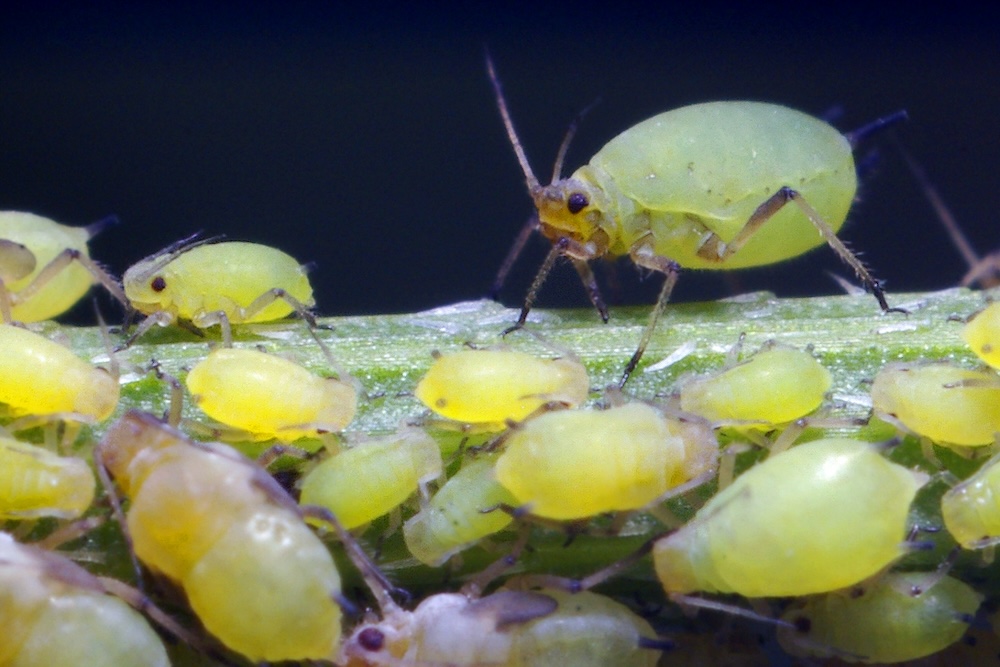
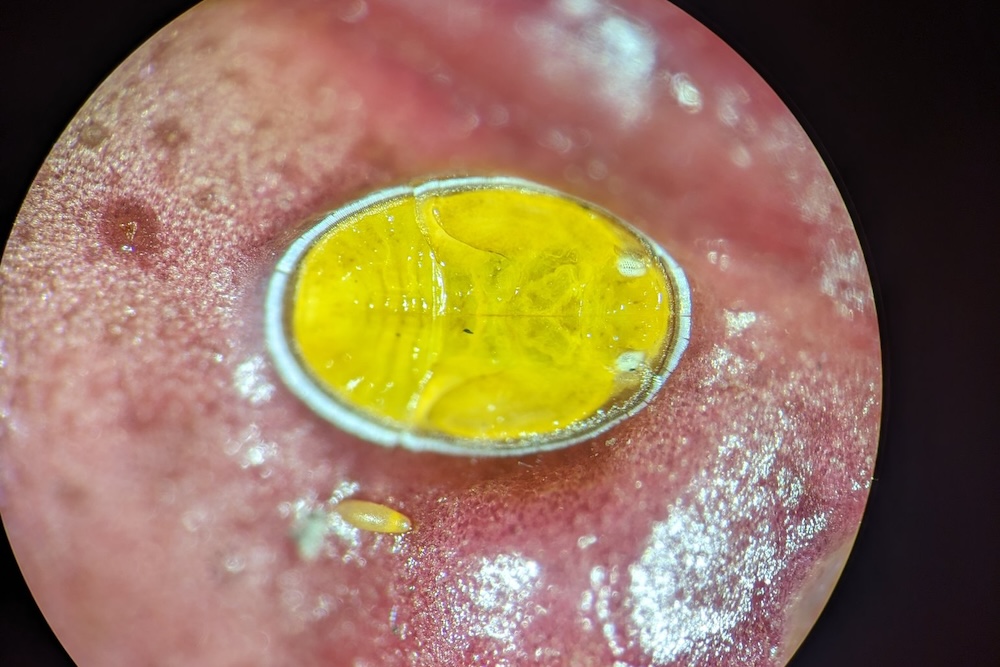
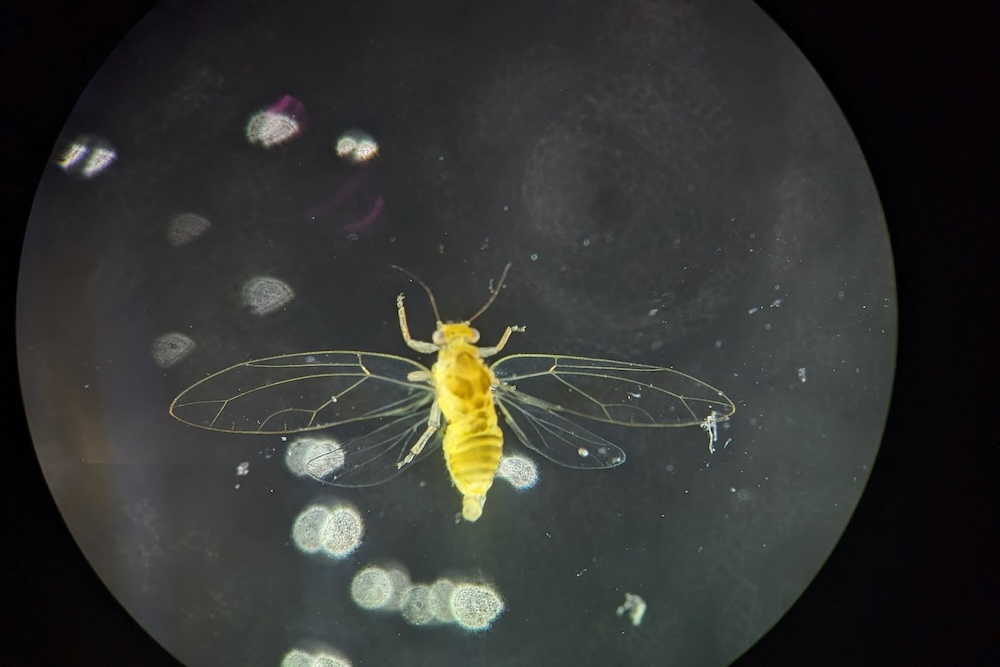
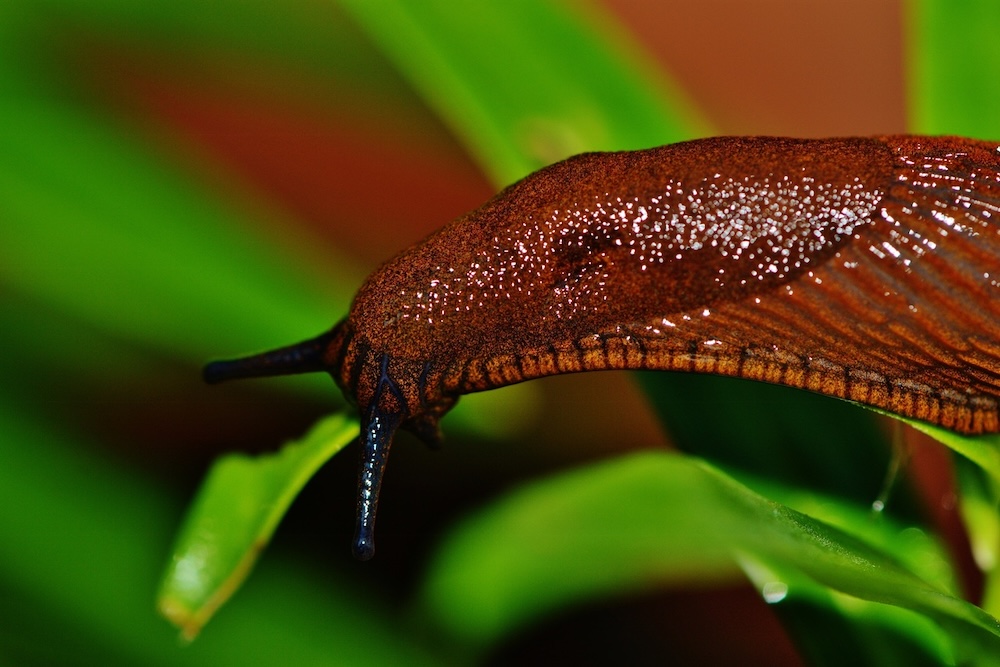
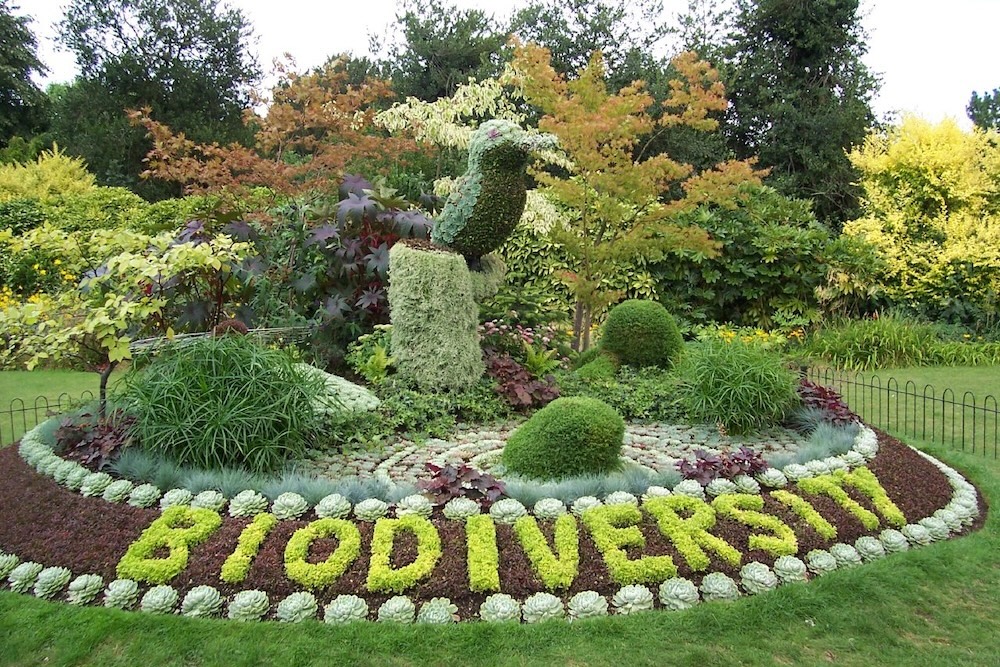
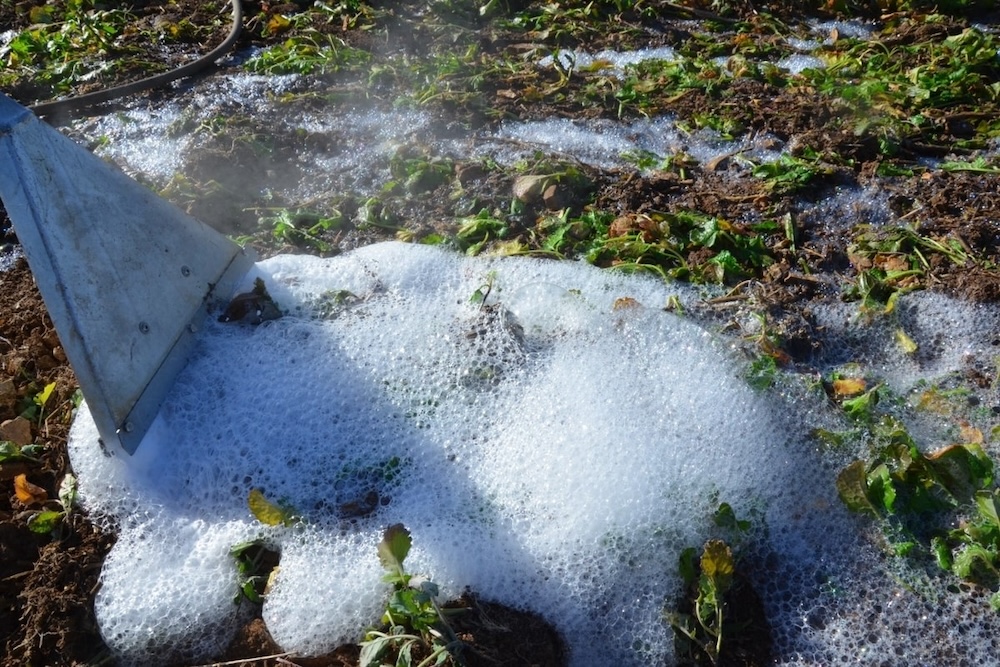
This Post Has 0 Comments